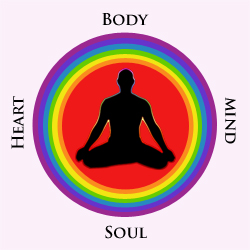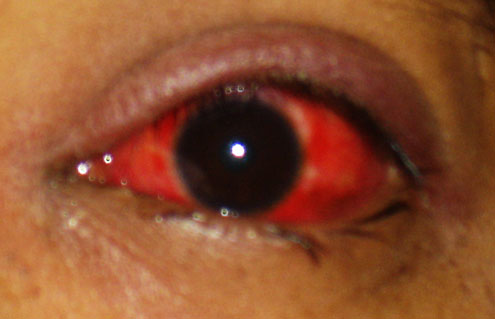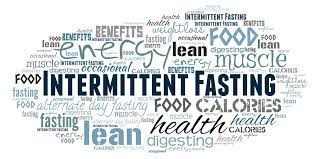Introduction:
Meditation is a simple way of liberating your
mind, forgetting about daily anxieties and focusing on mental relaxation. Going
into a meditative state involves learning to become a passive observer of one’s
thoughts. It does not mean suppressing them or attempting to force them to
disappear.
Five
tips for beginners to learn how to meditate:
1) Find a quiet,
peaceful place.
2) Sit comfortably,
with eyes closed and focus on the region of the heart.
3) Imagine that the
source of light is within the heart and focus within.
4) Meditate for 10
minutes by watching your thoughts and watching the watcher of your thoughts until
you feel ready to come out of the meditation.
5) Repeat it every day,
in the morning and the evening. Incorporating this time for quiet contemplation
and reflection can bring you enormous mental and physical benefits.
Benefits
of Meditation:
Reduces
stress and bring peace:
Most people
understand that meditation reduces stress and promotes peace of mind. As you
allow your mind to settle on one continuous thought, instead of being pulled in
all directions, your stress level reduces. Other health problems like high
blood pressure, irregular or high heartbeat, high pulse rate, abnormal
breathing patterns, and anxiety also are regulated.
Helps
in concentration:
Meditation
is a great aid in regulating the mind. When you pay attention to every unnecessary
thought, you are drawn away from what is truly important. Practicing meditation
helps you to gently ignore what is unnecessary and focus more on what is
important. This gives you greater clarity and makes you faster and more capable
of anything that you do.
May Reduce Memory
Loss
Meditation may help keep your
mind young for as long as possible.
Helps
you sleep better:
If you
practice meditation on a regular basis, you will gradually begin to cherish the
present moment. Worries of the day and the future will not trouble you,
allowing you to sleep soundly. When you wake up the next morning, you’ll feel
lighter and fresher. Maintaining a balanced sleep cycle can help to eliminate
many health problems.
Makes
you emotionally stronger:
During the
meditation process, where we are constantly focusing our attention on one
thing, we learn to let go of unnecessary thoughts. Meditation is a process of self-discovery.
By understanding ourselves, we are able to build our emotional resilience and
tap into our inner intuition.
Keeps
you active throughout the day:
One who is
committed to balancing their mental energies is also a lot more energized. The
positivity that you develop in your mind will give you the zest and enthusiasm
to maximize your productivity throughout the day.
Meditation boosts
the immune system:
As we
reduce our stress, the immune system is boosted and so is our general
wellbeing.
Meditation causes muscle relaxation:
Muscle
tension is generally caused by stress and when left unchecked can cause all
kinds of problems such as vertebrae displacement, spinal issues and lack of
mobility in the body.
Meditation slows the ageing process:
Meditation
significantly increases melatonin and DHEA and decreases cortisol, which has a
significant impact on slowing the ageing process down.
Meditation increases your sense of purpose and
meaning:
The more you meditate the more you become aware of what you like and
don’t like. Regular meditation gives rise to clarity about what is important in
life and a sense of confidence to make the right choices.
Meditation
improves sociability:
Taking time
out for you is really important but for us to live a full rich life, we need
meaningful connections with others. Meditation increases our ability to get out
there and connect with others as a result of feeling more connected to
ourselves and clearer and more confident about what is happening inside us.
Conclusion:
Regular
Meditation reduces Stress. It controls anxiety. It promotes emotional health,
enhances Self-Awareness, lengthens attention Span, It reduces age-related memory
Loss. It also promotes love and helps fight additions.














